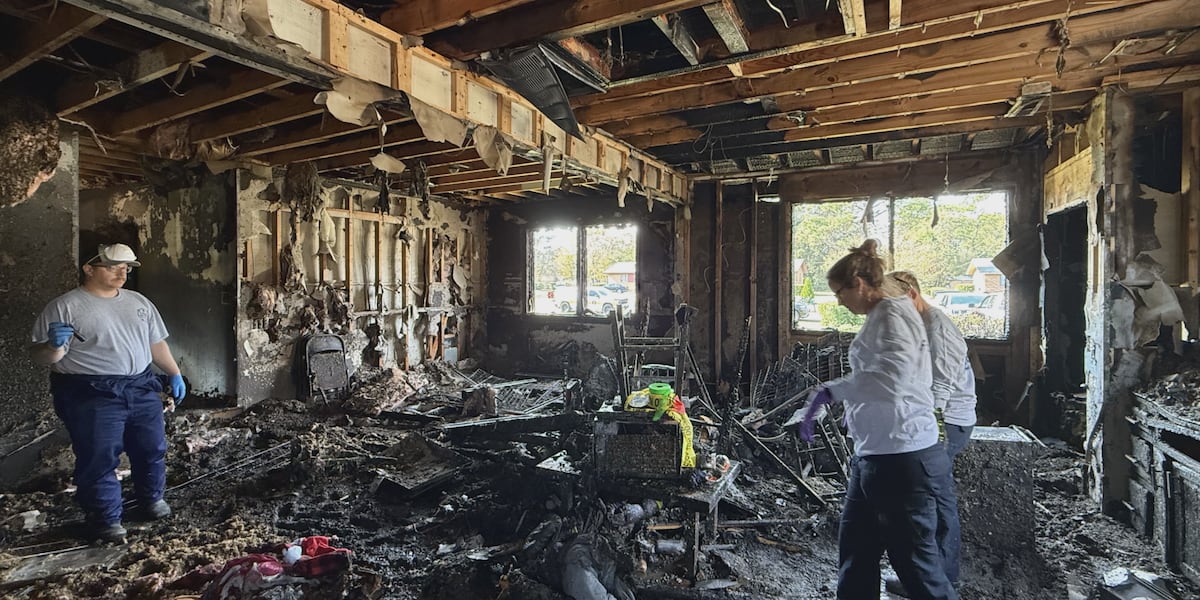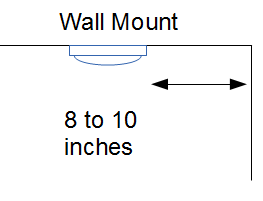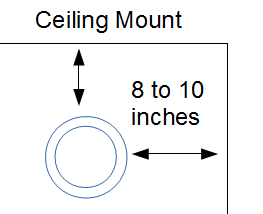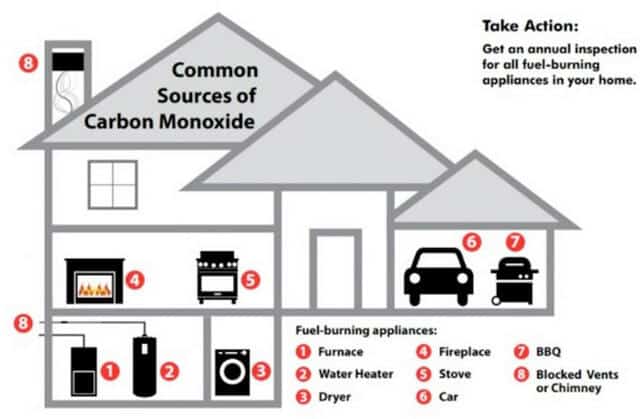Death by Fire

Each year, thousands of Americans are tragically lost in residential fires. However, it’s important to remember that many of these lives are claimed not by the flames themselves but by the harmful smoke and toxic fumes that arise. Smoke is a byproduct of combustion made up of particles from various materials such as paper, wood, chemicals, plastics, upholstery, and other fuels. By understanding this, we can empower ourselves to take action and prevent such tragedies, creating safer homes for everyone.
Buying Time

When a smoke alarm detects smoke, it automatically sounds an alarm, serving as a guardian in our homes. Most fatal home fires strike between 8:00 PM and 8:00 AM, reminding us that danger can lurk in the shadows of night. Fires produce lethal amounts of unseen smoke and fumes well before flames appear, often catching us off guard.
Tragically, many individuals who die in home fires are asleep, unaware of the threat. Yet, with careful purchasing, installation, and maintenance of smoke detectors, we can empower ourselves to prevent such losses. These devices buy us precious time to escape swiftly, ensuring we can overcome the darkness before toxic fumes rise to deadly levels.
What types of a smoke alarm can I buy?
When selecting a smoke alarm, choose one certified by a nationally recognized testing laboratory. You can pick a battery-operated model that requires yearly changes or a 10-year unit that you replace after a decade.
Smoke alarms come in two types: ionization, which respond better to flaming fires, and photoelectric, which are more effective for smoldering fires. Photoelectric alarms are ideal for areas like kitchens and bathrooms to reduce false alarms.
For greater safety, consider interconnected combination smoke alarms, which can be installed by a qualified electrician. This way, when one alarm sounds, all will sound, ensuring you hear it no matter where you are in your home.
Lastly, new multi-criteria smoke alarms, labeled as “helps reduce cooking nuisance alarms,” are a good option when replacing older units.

Placement
- Buy as many smoke detectors as it takes to give your home complete coverage
- Your chances for survival increase with each detector you have, but one on each level of the house is the absolute minimum
- You should have a smoke detector in each bedroom, in the hallway close to each sleeping area and in heavily-occupied areas like the living room
- When bedroom doors are left open, you should have at least one detector in the hallway outside the bedroom area


Installation
- Follow the manufacturer’s installation instructions
- Ceilings – mount the device away from corners and walls, which have dead air space nearby (about 8 to 10 inches is recommended distance)
- Walls – install the detectors high because smoke rises (8 to 10 inches away from corners and ceiling)
- Install smoke detectors at least 3 feet from vents, which might recirculate the smoke
- Never place smoke detectors on uninsulated walls or ceilings – extreme temperatures can ruin batteries and prevent smoke from reaching the detectors
Does your home need a Carbon Monoxide (CO) Alarm? CO is a colorless, odorless gas. According to the manufacturer, CO alarms should be installed on every house level.
Common sources of CO:



